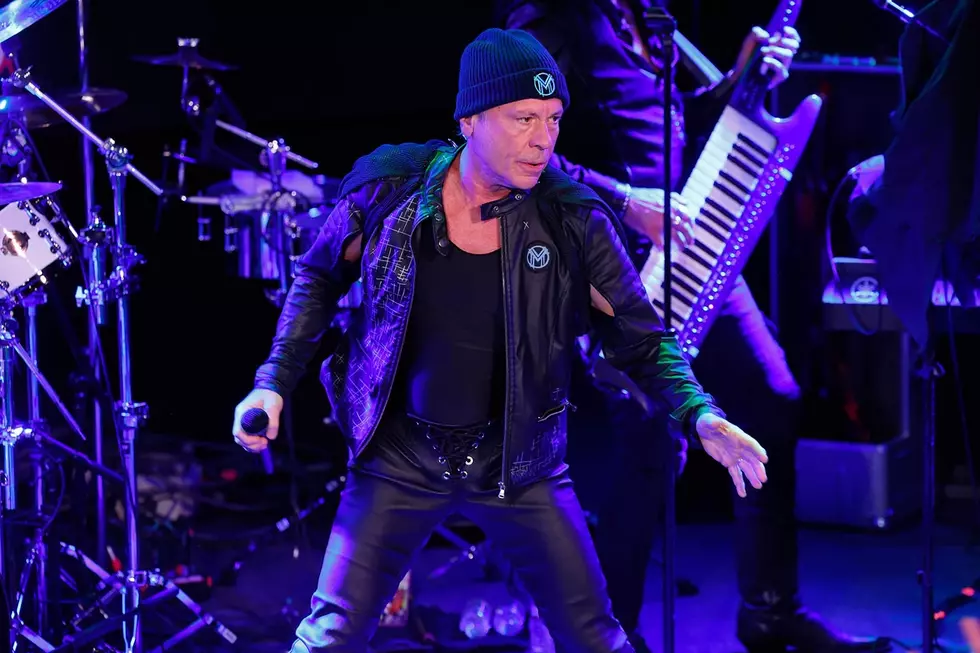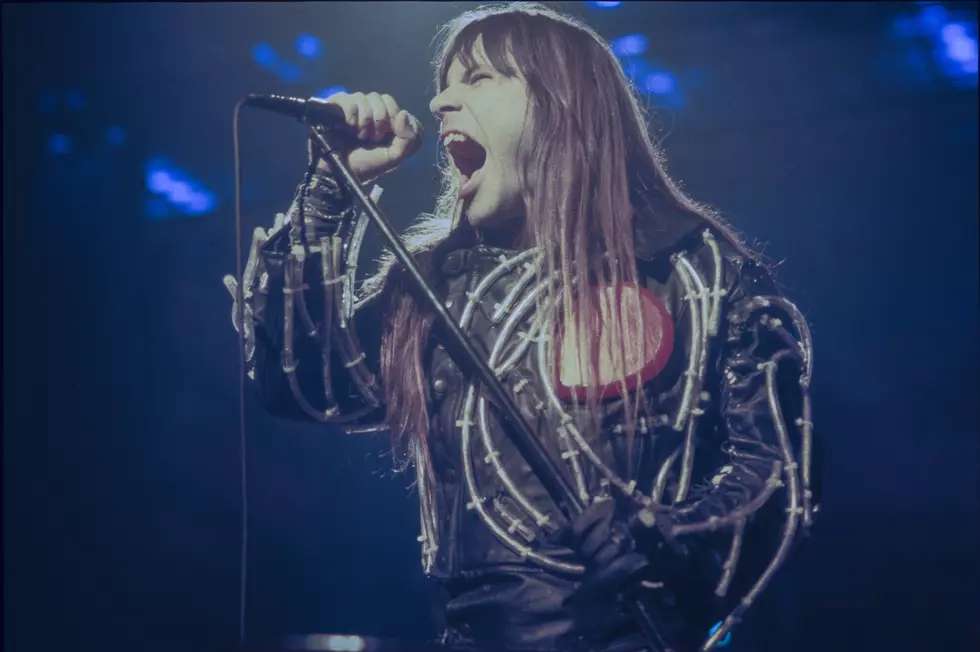
Doomsday Clock Closer Than Iron Maiden’s ‘2 Minutes to Midnight’
It’s not likely anyone will hear Bruce Dickinson singing “90 seconds to midnight” during an Iron Maiden show, but it would be more accurate than the band’s similarly titled 1984 single.
Inspired by a scientific illustration used to explore the risk of nuclear apocalypse facing humanity, the track “2 Minutes to Midnight” was set closer to the end than the real-life Doomsday Clock at the time. But in 2018 the clock was reset to two minutes to midnight, and it’s recently been put forward again, first to 100 seconds and now to 90 seconds.
The Bulletin of the Atomic Scientists created the clock in 1947, setting it to seven minutes. While not an accurate expression of real-time global politics, it was designed as a means to start discussions over the military threats to our future. When Maiden released “2 Minutes to Midnight,” the Doomsday Clock read three minutes; in 1991 it was moved back to 17 minutes after the collapse of the Soviet Union, the furthest from midnight it’s ever been set.
A statement from the Bulletin cited Russia’s invasion of Ukraine, the COVID pandemic, the climate crisis and a loss of scientific institutions that monitor such threats as the reason for the change. CEO Rachel Bronson said, “We are living in a time of unprecedented danger, and the Doomsday Clock time reflects that reality. It’s a decision our experts do not take lightly. The U.S. government, its NATO allies and Ukraine have a multitude of channels for dialogue; we urge leaders to explore all of them to their fullest ability to turn back the clock.”
Dickinson once noted that "2 Minutes to Midnight" is a “song about the experience of war and about the romance of it and the horror of it, and the two things together, and the fact that, unfortunately, we're repelled and fascinated by it.”
Watch Iron Maiden's '2 Minutes to Midnight' Video
Iron Maiden Postage Stamps
More From Ultimate Classic Rock









